When it comes to adding a splash of life to your home, few things can match the vibrant beauty of colorful decorative fish. As an aquarium enthusiast, I have spent years curating a mesmerizing underwater world right in my living room. In this article, I want to share my personal experiences, tips, and everything you need to know about selecting, caring for, and enjoying these breathtaking creatures.
Understanding Colorful Decorative Fish
Colorful decorative fish are more than just visually appealing; they can transform a mundane space into an aquatic spectacle. These fish come in various shapes, sizes, and colors, making them ideal for any aquarium. But before diving in, it’s essential to understand the various factors that influence the selection and care of these aquatic companions.
Types of Colorful Decorative Fish
There are numerous types of colorful decorative fish, each with unique characteristics. Below, I’ve outlined some of the most popular categories:

| Fish Type | Color Variations | Size | Care Level |
|---|---|---|---|
| Betta Fish | Blue, Red, Yellow, Green | 2.5-3 inches | Easy |
| Guppies | Various vibrant colors | 1-2 inches | Easy |
| Neon Tetra | Bright blue and red | 1-1.5 inches | Easy |
| Discus Fish | Green, Blue, Red, Brown | 6-8 inches | Advanced |
| Angelfish | Black, White, Marble | 6 inches | Medium |
Choosing the Right Colorful Decorative Fish

Selecting the right fish for your aquarium depends on several factors, including tank size, water parameters, and your experience level. Let’s explore these aspects in greater detail.
Tank Size and Compatibility
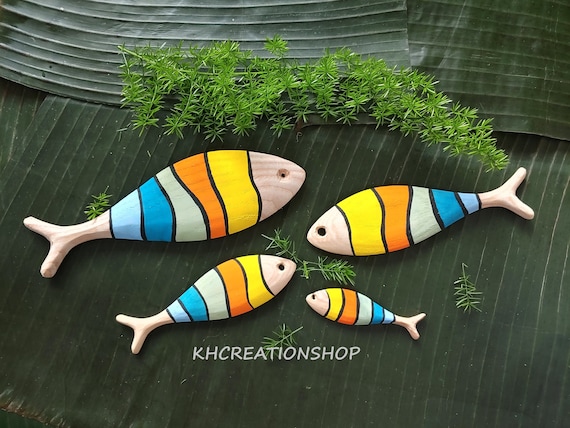
Before embarking on your aquarium journey, consider the tank size you have available. Different fish require varying amounts of space. For example, Bettas can thrive in smaller tanks, whereas Discus fish need spacious environments. Here’s a quick guide:
- Minimum 5 gallons for Betta fish
- Minimum 10 gallons for Guppies
- Minimum 20 gallons for Angelfish or Neon Tetra
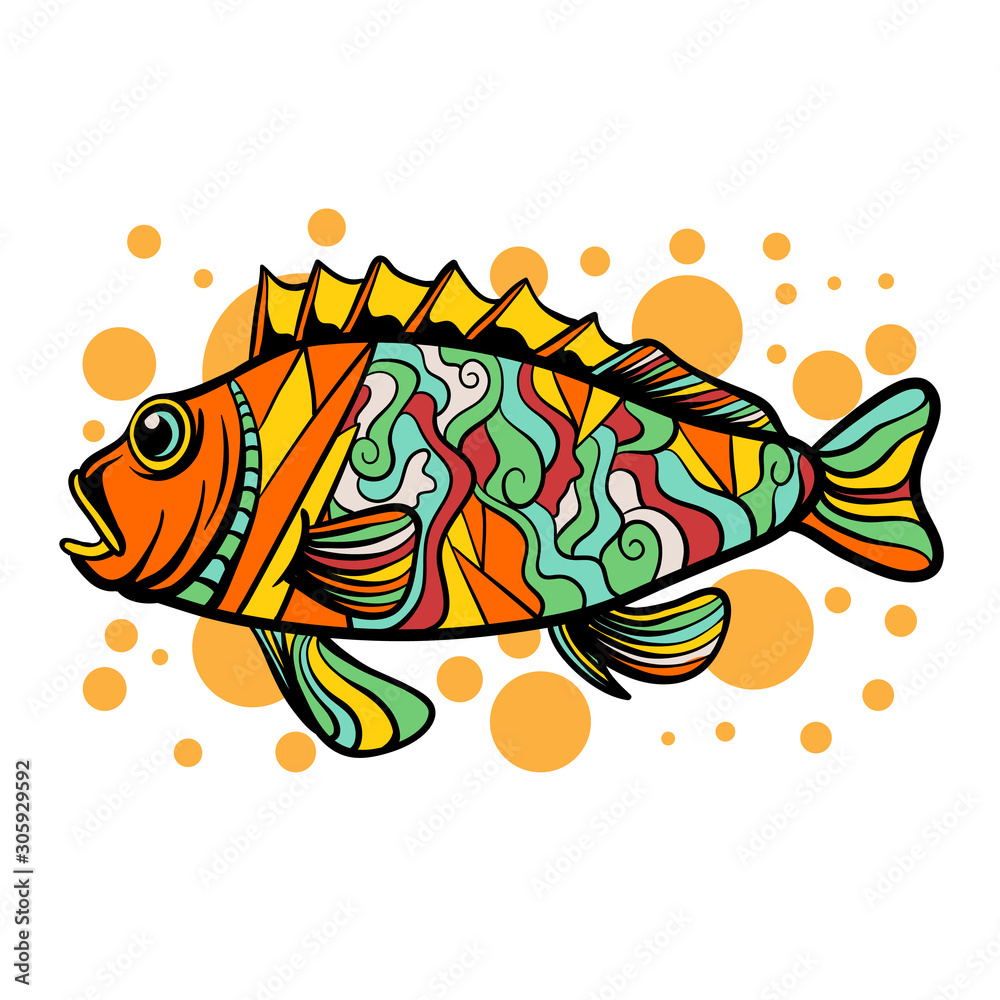
Community Tanks vs. Solo Fish
Deciding between a community tank (multiple fish species) or keeping a solitary fish (like a Betta) requires understanding fish behavior. Some colorful fish, such as Betta, are territorial and don’t fare well with other fish. Others, like Guppies and Neon Tetras, are social creatures that thrive in schools. Always research compatibility before introducing new fish to your aquarium.
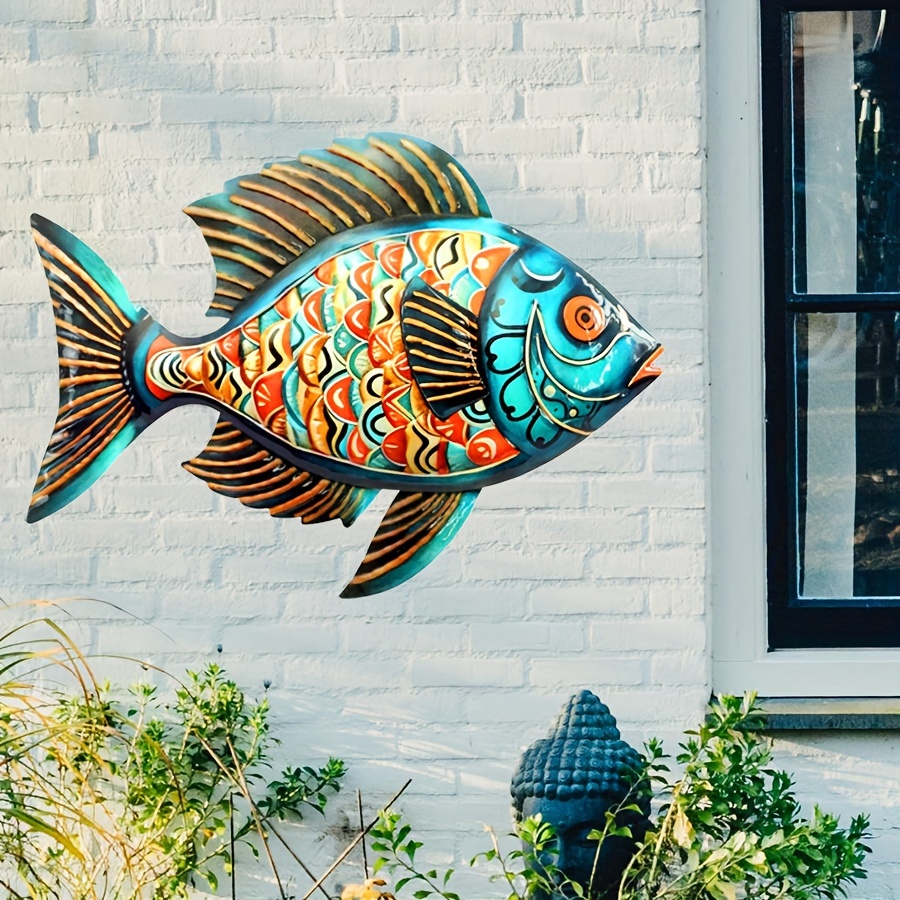
Caring for Colorful Decorative Fish
Caring for fish involves more than merely providing food and water. Here’s a detailed guide on maintaining a healthy environment for your colorful friends.
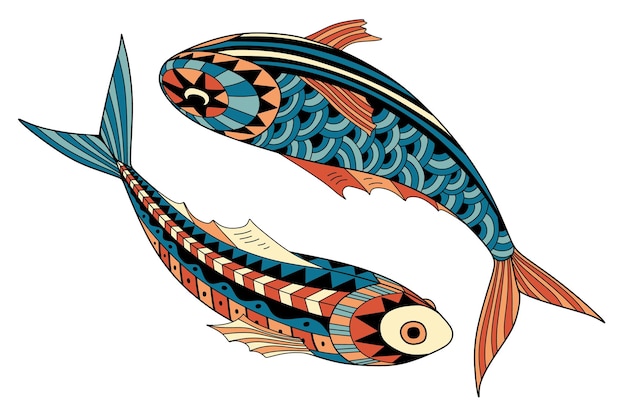
Water Quality and Parameters
Maintaining optimal water conditions is crucial for the health of your fish. Here are some important parameters to monitor:
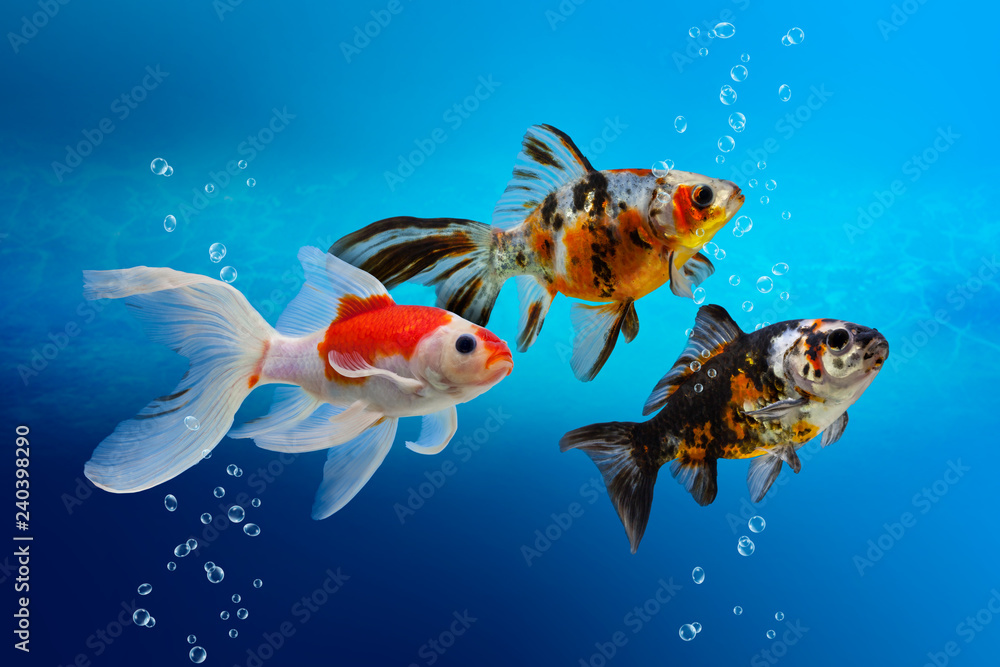
- Temperature: Most tropical fish prefer water temperatures between 75°F and 80°F.
- pH Level: Aim for a pH level between 6.5 and 7.5 for most tropical species.
- Ammonia/Nitrite: Check these levels frequently; they should be at zero for healthy fish.
Feeding Your Decorative Fish
Feeding colorful decorative fish can be both enjoyable and educational. Here’s what I’ve learned:
- Provide a balanced diet: Look for high-quality flakes or pellets that cater specifically to the species you have.
- Occasional treats: Frozen or live foods like brine shrimp and bloodworms can promote vibrant colors and healthy growth.
- Avoid overfeeding: This can lead to water quality issues and health problems.
Feeding Schedule
Establishing a feeding schedule can help maintain consistency. For instance, I typically feed my fish once or twice a day, removing any uneaten food after a few minutes.
Creating an Ideal Aquarium Environment
A well-designed aquarium enhances the beauty of your colorful fish while providing a suitable habitat. Here are some essential components to consider:
Aquascaping Basics
Aquascaping involves arranging rocks, plants, and decorations in your aquarium to create a natural environment. Here’s what I recommend:
- Substrate: Choose gravel or sand that complements the colors of your fish.
- Plants: Live or artificial plants add oxygen and hiding spots for shy species.
- Decorations: Ensure any ornaments are fish-safe and don’t have sharp edges.
Lighting and Filtration
Lighting plays a significant role in promoting plant health and enhancing the colors of your fish. Invest in quality LED or fluorescent lights. Additionally, a reliable filtration system is necessary to keep the water clean and well-oxygenated.
Benefits of Keeping Colorful Decorative Fish
Beyond their beauty, having colorful fish offers various benefits. Here’s what I’ve observed during my years as an aquarium hobbyist:
- Stress Relief: Watching fish swim can be incredibly calming, helping to reduce stress and anxiety.
- Educational Opportunities: Maintaining an aquarium can be a great way to learn about aquatic ecosystems.
- Community Engagement: Joining local aquarium clubs or online forums can lead to friendships and shared experiences.
Personal Experiences with Colorful Fish
Throughout my aquarium journey, I have made countless memories. From the excitement of watching my first Betta flare up to the stunning display of colors from my school of Guppies, each fish has brought joy to my life. The sense of responsibility in caring for these creatures has taught me valuable lessons about patience and commitment.
Common Challenges and Solutions
Like any hobby, keeping colorful decorative fish comes with challenges. Here are a few I’ve encountered and how I overcame them:
Health Issues
Fish can suffer from illnesses, which can be daunting for beginners. Regularly observe your fish for any signs of stress or disease. Common ailments include:
- Ich (White Spot Disease): Treat with heat or medication promptly.
- Fin Rot: Improve water quality and consider medication.
Water Quality Issues
Maintaining proper water quality can be challenging. Invest in a good test kit to monitor parameters and perform regular water changes to keep your fish healthy.
Conclusion: The Joy of Colorful Decorative Fish
Colorful decorative fish can provide immense joy and beauty to any space. With proper care and attention, these aquatic companions can thrive and enrich your life. Remember, every fish has unique needs, so always take the time to research before bringing a new friend home. My journey with these vibrant creatures has been nothing short of magical, and I can’t wait for you to experience the same joy!
FAQs About Colorful Decorative Fish
1. What are the best colorful decorative fish for beginners?
For beginners, I recommend Guppies, Betta fish, and Neon Tetras due to their easy care requirements and vibrant colors.
2. How often should I feed my colorful fish?
Feed your fish once or twice a day, ensuring to remove any uneaten food after a few minutes.
3. Can I keep different species of colorful fish together?
Yes, but ensure the species are compatible. Research their behavior and space requirements to avoid territorial disputes.
4. What is the ideal tank size for colorful decorative fish?
Tank size varies by species. Typically, a minimum of 5 gallons is recommended for smaller fish like Bettas and 20 gallons for larger species.
5. How can I tell if my fish are healthy?
Healthy fish are active, have vibrant colors, and exhibit normal swimming patterns. Look for signs of stress or illness, such as lethargy or unusual behaviors.